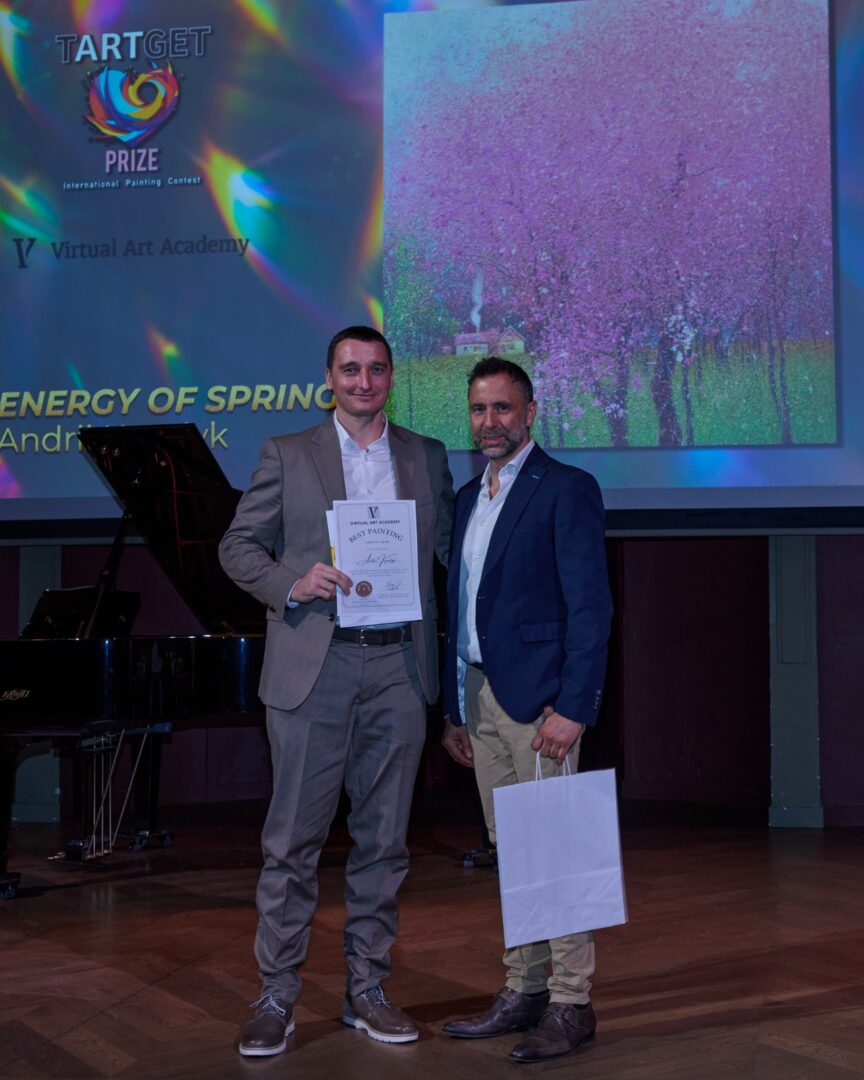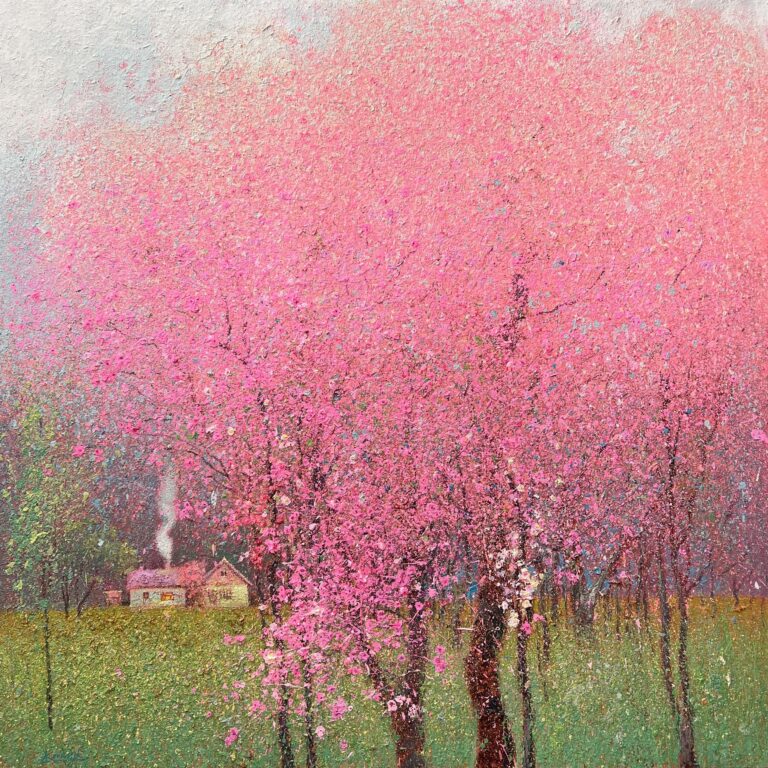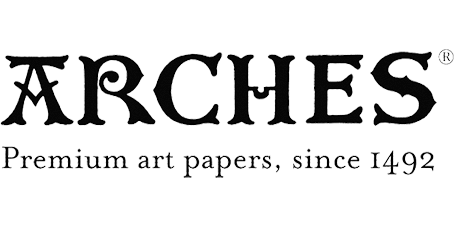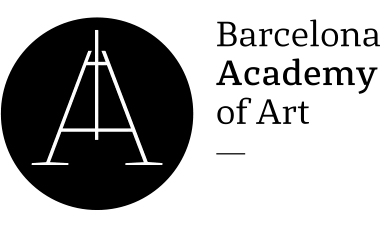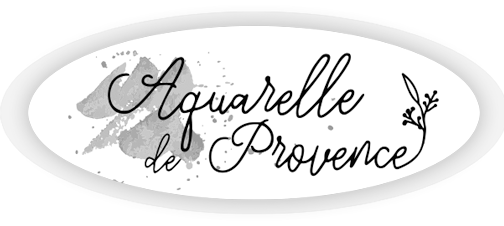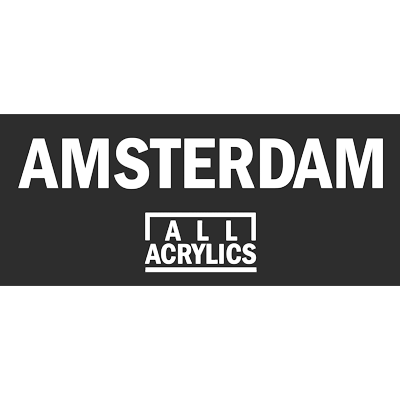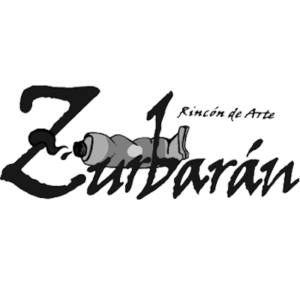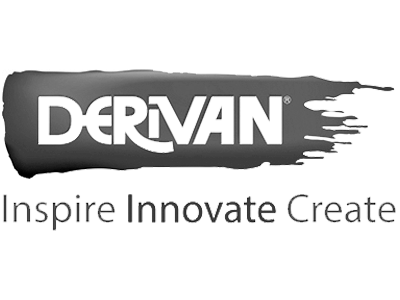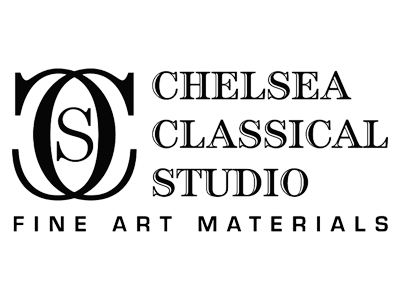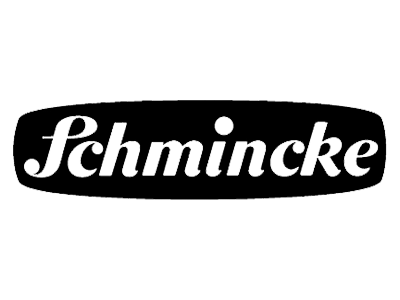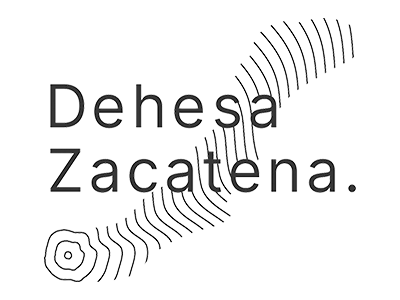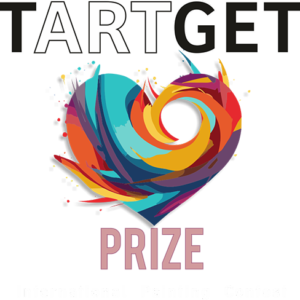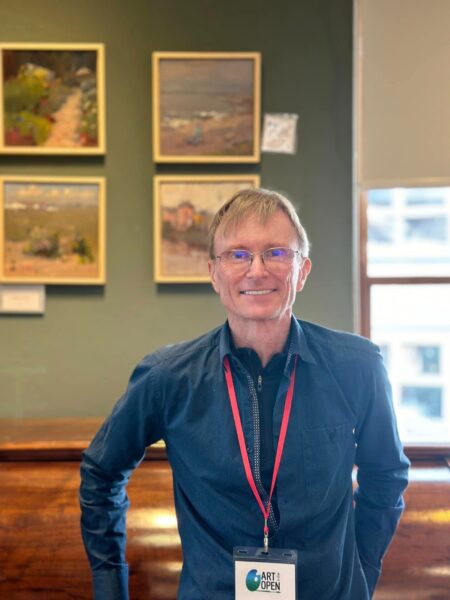
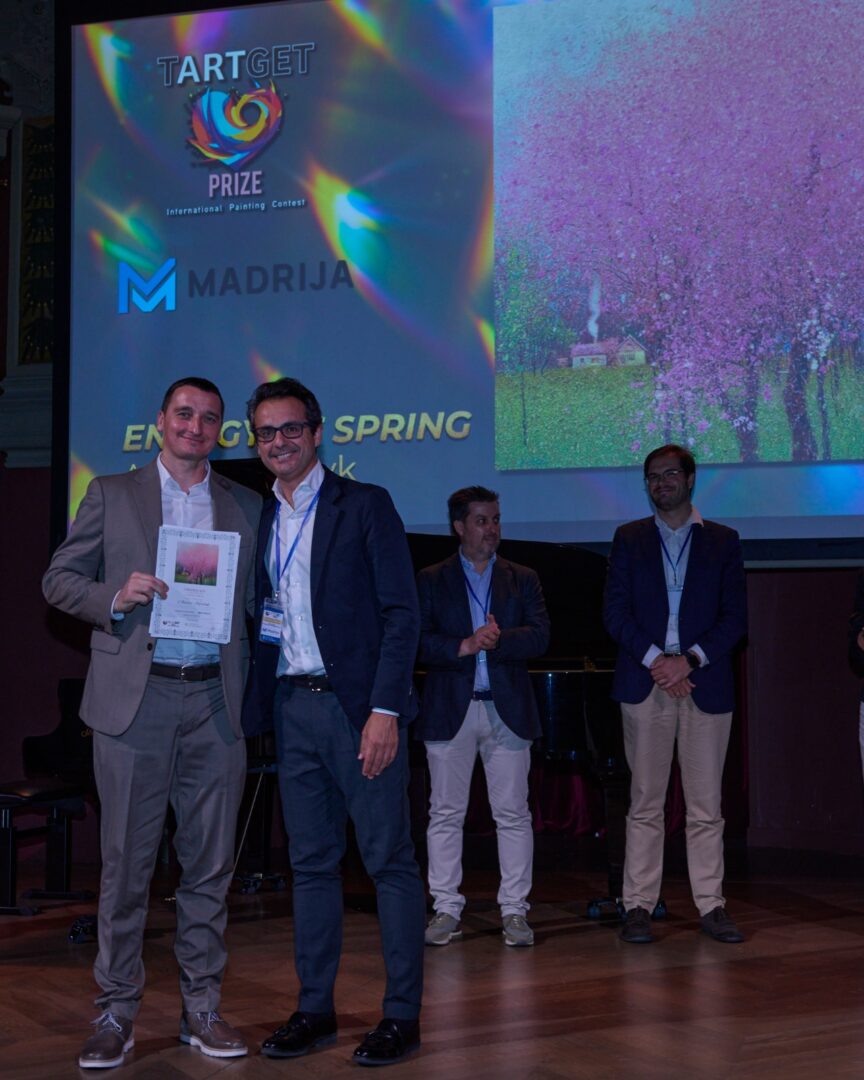
On June 5th, the exhibition of the top 100 finalists of the TARTGETPRIZE 2025 opened to great acclaim from both the public and critics. “Energy of Spring” by Ukrainian artist Andrii Kovalyk stood out as one of the most celebrated works in the galleries of the Ateneo de Madrid. The tech company MADRIJA selected this landscape for its main acquisition prize. Virtual Art Academy also awarded it special recognition. Behind this distinction is Barry John Raybould, a plein air painter, academic, and founder of one of the most innovative online art schools.
In this interview, Raybould breaks down his artistic philosophy, based on neuroscience and emotion, and explains why he chose Kovalyk’s blooming cherry trees as the most outstanding painting of the competition.
From California to the World: The Journey of a Self-Taught Artist
Ismael Terriza: Barry, your career is fascinating—from your time at the California Art Club (the cradle of California Impressionism) to exhibitions in galleries across three continents. How did Virtual Art Academy come to life?
Barry John Raybould: When I started painting, there was no school that combined academic realism, impressionism, and the principles of modern art. I had to learn from scattered masters, out-of-print books, and intensive workshops. But in a one-week workshop, you can only scratch the surface. In 2003, I decided to synthesize all that knowledge into an accessible system—a “Lego method” to build painting skills step by step, without relying on a single style.
IT: And why online?
BJR: Art shouldn’t be tied to a physical location. The platform allows students to explore everything from tonal balance to abstract design, supported by a community that gives feedback on their progress. It’s like having a 24-hour open studio.
Visual Music & Poetry: When Science Meets Art
IT: To evaluate works for the Tartget Prize, you used your “Visual Music and Poetry” model. How is it different from traditional art criticism?
BJR: Classical criticism often overlooks that our brains process art through primary emotions, shaped by evolution. My model is based on twelve emotional sources: nine related to content (Visual Poetry) and three tied to the hidden structure (Visual Music). A great artwork activates both.
IT: Can you give an example?
BJR: Take “Energy of Spring” by Kovalyk. The Visual Poetry lies in the blooming cherry trees—which bring joy through an ancestral instinct for abundance—and the chimney smoke, which evokes warmth and nostalgia. But what’s revolutionary is its Visual Music: the pink patches gradate like notes in a musical scale, the grey rectangles (sky/smoke) create rhythm, and the branches form an “organic calligraphy” that we discover as we explore the painting. That abstract layer is what creates a lasting emotional impact.
IT: Why is that invisible structure so important?
BJR: Because the human brain loves patterns. When we discover how lines or values repeat—with variation—it triggers the same pleasure as solving a puzzle. That “cognitive reward” is the essence of a deep aesthetic experience.
Kovalyk and the Art of Duality
IT: What makes “Energy of Spring” exceptional in your view?
BJR: Andrii achieves something very rare: a balance between realism and abstraction. His brushwork is loose, almost musical, but at the same time, the way he decreases saturation in the pinks pushes the house into the middle ground with scientific precision. He plays with our dual nature: we are primates looking for meaning in forms and visual animals seduced by color.
IT: Would you say your model democratizes criticism?
BJR: Absolutely. It doesn’t judge whether a work is “figurative” or “conceptual,” but whether it connects with our shared biology. That’s why it can reward both an impressionist landscape and an avant-garde installation… if it activates the right emotions.
The Future: A More Human Art?
IT: In a hyper-technological world, does painting still have a place?
BJR: More than ever. Visual art is an antidote to digital overstimulation. A painting like Kovalyk’s forces us to slow down, to search for those hidden structures that make us feel something real. In the end, the best art has always been the kind that reminds us what it means to have a body, a heart, and a nervous system.
The Virtual Art Academy Award and the MADRIJA Prize were presented on June 5th in Madrid. The winning artwork and the top 100 selected pieces will also be exhibited in Daimiel starting June 26th.
More information about Barry John Raybould and his method at: www.virtualartacademy.com
